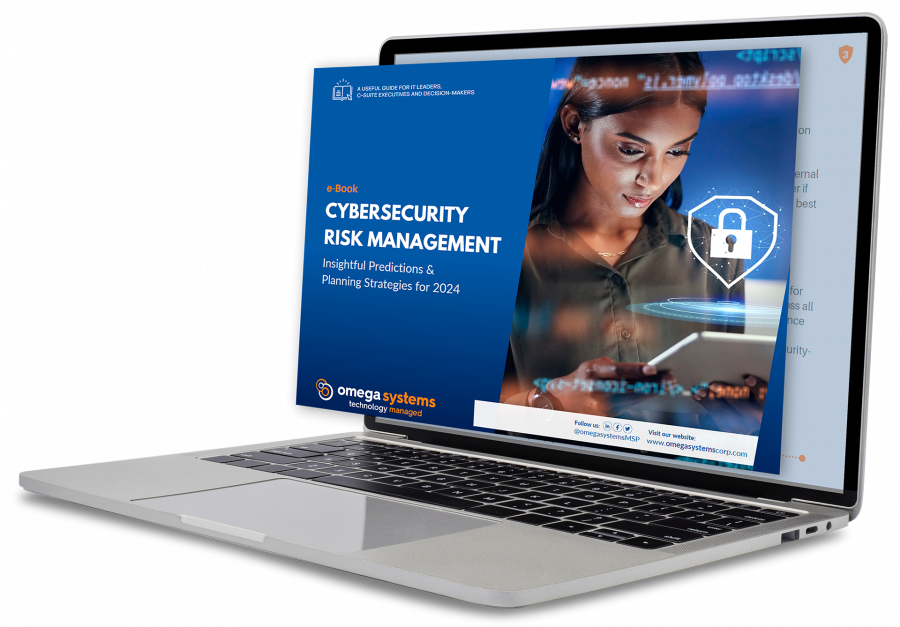
This past year and a half have spelled tremendous changes in the workforce compelling the majority to reimagine the office and work life post-pandemic. As the economy starts its gradual recovery, you are probably expecting your employees to return to the status quo that was established pre-pandemic. However, your employees just might have the opposite thing in mind.
In the wake of Covid-19, the country has witnessed countless workers get laid off as employers scramble to keep their business afloat. Those fortunate enough to keep their jobs have stayed put since, unwilling to sacrifice income security for potentially happier and healthier work environments.
The tides are changing however—unfortunately, for employers looking to retain top talents, some employees are getting ready to find new jobs. Business and finance professionals predict a so-called “turnover tsunami,” for the remainder of 2021. The Achievers’ Employee Engagement and Retention Report suggests that a stunning 52% of workers plan on looking for new jobs, alluding to “pandemic burnout” as the main reason for this phenomenon.
Employees who feel connected to their organization work harder, stay longer, and motivate others to do the same. That's why business leaders need to strategize their engagement efforts everyday. It’s an opportunity to focus on inclusion, to value diversity, and to create a holistic positive workspace.
What Do Your Employees Want Post-Pandemic?
Based on the survey commissioned by Prudential, nearly 90% of American workers want to work remotely, at least one day a week. Prudential vice chair Rob Falzon admitted, "If there's one thing that keeps me up at night, it's the talent flight risk.”
With the flexibility of remote work, however, finding talents is no longer restricted by proximity. As important as they are, market forces don’t have to keep your business from realizing its potential. If you are serious about safeguarding your business from the “turnover tsunami,” start by making an investment in rebooting your workplace culture.

9 Simple Ways to Retain Your Top Talents Post-Pandemic
Fostering employee loyalty comes down to the emotional, intellectual, and physical ways that you support them. And it’s not as complicated as it may seem—the simplest things can foster a positive work environment and leave employees feeling like valued members of the organization. As well as looking at the wider organizational structures and processes, there are some really simple ways of creating a positive workplace for a cultural reboot. Let’s have a look at some of these ideas.
- Prioritize onboarding and training.
A BambooHR survey identified ineffective onboarding as a major reason why 17% of new hires quit in the first three months. During a new hire’s first two weeks (at least), schedule time for shadowing coworkers, sitting in on meetings, and locating and reading through important company files and process documents.
- Conduct regular check-ins.
A total of 39% of American workers say regular check-ins are the number-one thing that makes them feel happy at the office, according to a recent Ernst & Young survey. Stop by your employees’ desks and ask for their opinions. Or, if you have a remote workforce, send them a quick informal message. Then show care and attention by following up. You’ll be surprised by how much these small actions can boost productivity across an organization, regardless of an employee’s location.
- Have a healthy snack bar.
Many people have suffered from their eating habits during the Covid-19 pandemic and are keen to get back on track. Having a healthy snack bar will not only be appreciated by colleagues, but will mean they are ready to tackle their work with adequate nutrition behind them.
- Huddle as a team.
Having a short morning meeting that is no longer than 15 minutes is a great way of starting the day. It’s simple and repetitive and gets people motivated and on task ready to start their day.
- Invest in team-building sessions.
When your teams have a great relationship, everything else will fall into place. Ensure there are positive working relationships with team members of all levels. When you get on with people and respect them, you’re more likely to work harder!
- Empower staff.
Employees will work better with less micromanagement. Hand tasks and responsibilities over and see how they turn out. Another way to empower staff is to give them the opportunity to contribute. Creating an open forum for suggestions is a great way of ensuring employees feel heard.
- Foster a continuous learning culture.
Oftentimes, employers focus on things that will make an employee productive quickly. Workplace learning and experimentation, however, is equally important. Employees thrive and performance increases when a company becomes a true learning organization that prioritizes professional development. A company can save millions in lost productivity by making sure that employees have access to the information they need to do their jobs.
- Use lunch & learns.
Providing opportunities for informal learning and knowledge sharing is also key, especially with new hires. These are perfect opportunities for voluntary, informal conversations and learning opportunities among employees. They bring people together in a casual, low-stakes way.
- Gamify engagement!
Keep it fun! Schedule company-wide games or quizzes and use points scoring, rewards, and competitive platforms to boost your employee engagement. As millennials take over more of the U.S. workforce, employee gamification is only going to become more important.
Employee Turnover Is Tricky and Expensive, but Reversible.
As employers worldwide enter the most tumultuous turnover setting in history, those that see the “turnover tsunami” as an opportunity—playing offense, not defense—will emerge as winners. The post-pandemic return to work is the ideal opportunity to start fresh and embrace new practices. Values and priorities will always differ from one company to the next, but the main thing is to ensure that the day-to-day evidence of your culture equips and empowers growth, learning, belonging and/or the ability for people to do their best work (add value) in relevant ways.
If you need help with your IT infrastructure to help facilitate your workplace culture reboot, contact us today.
Categories: Managed Service Provider, MSP Blogs




